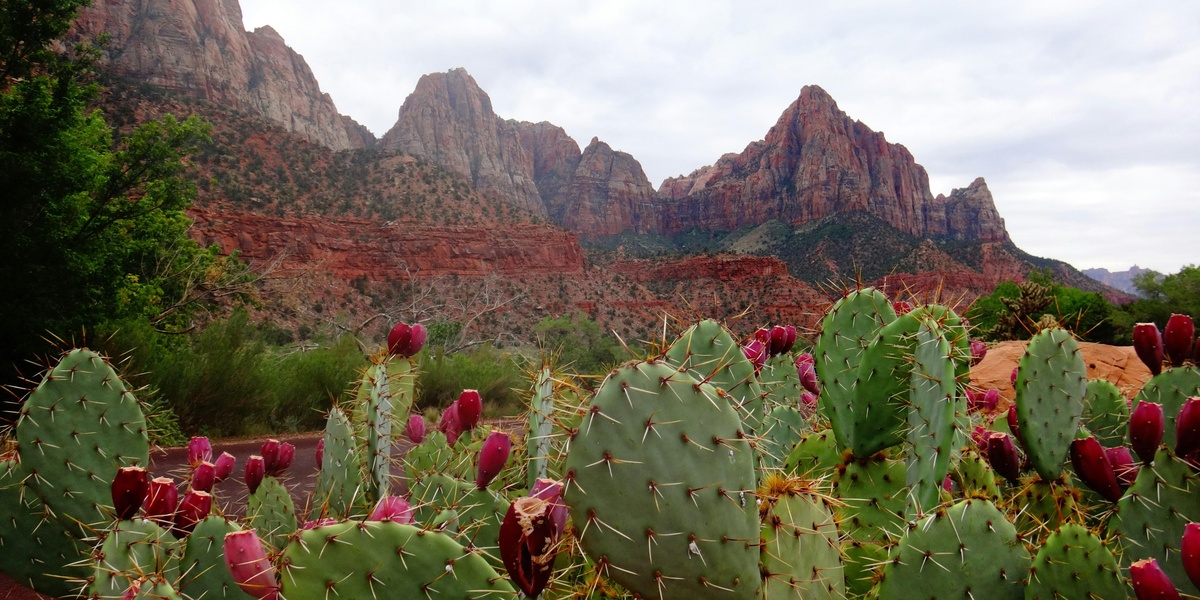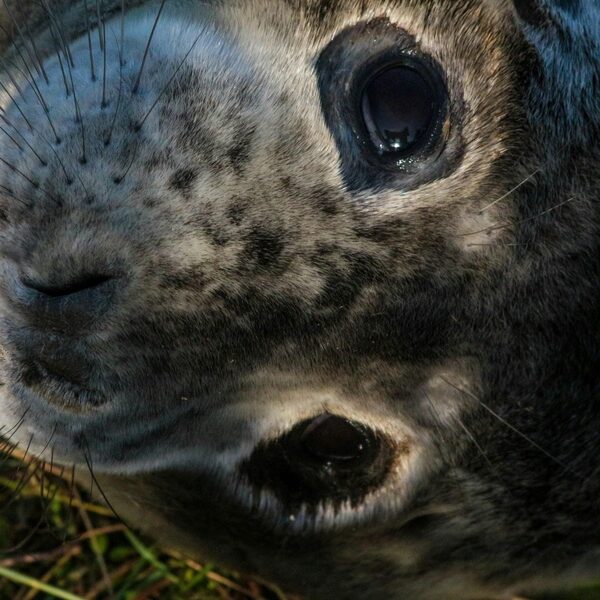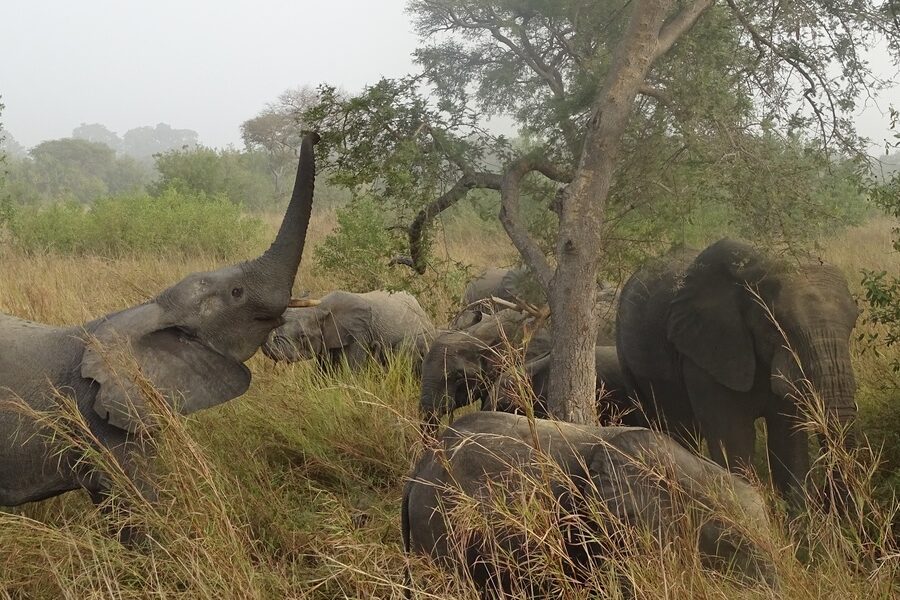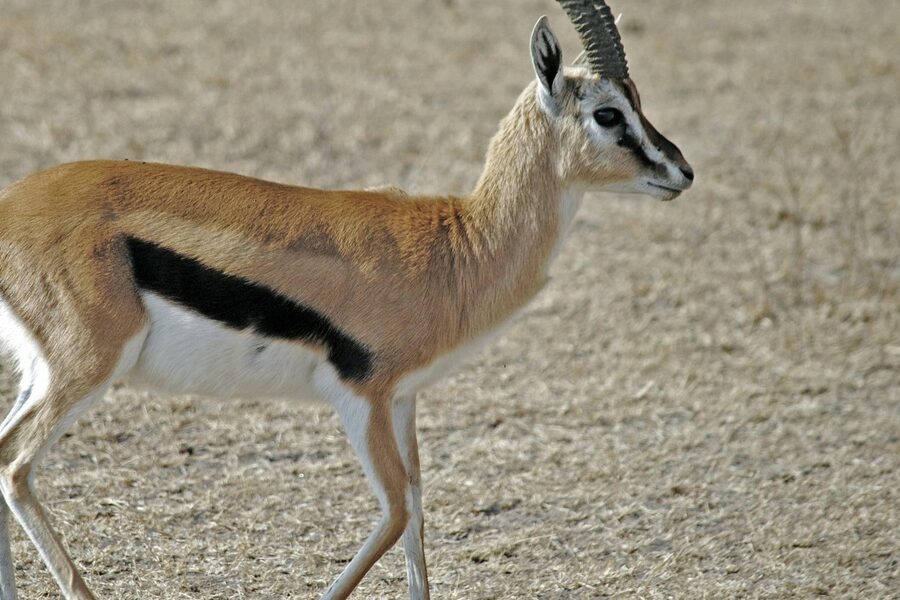Cyprus’s coasts, wetlands and cultivated valleys have been reshaped by non-native plants, insects and aquatic animals that arrive by trade, travel and changing climates. These newcomers can alter habitats, affect crops and create new public‑health challenges, so knowing which species are present matters for residents and managers alike.
There are 28 Invasive Species in Cyprus, ranging from Asian Tiger Mosquito to Yellowspotted Puffer. For each entry you’ll find below the key fields organized as Scientific name, Origin, Distribution in Cyprus to help with identification, prioritization and reporting — you’ll find below.
How can I tell if an invasive species on this list is near me?
Compare what you see to the Scientific name and brief distribution notes in the list, take clear photos (including scale and habitat), record location and date, and check local records or citizen‑science platforms; if it matches and seems outside known ranges, report it to Cyprus environmental authorities or a local conservation group.
What practical steps can I take to help limit their spread?
Follow simple biosecurity: clean boats, gear and garden tools, avoid releasing pets or aquarium organisms, properly dispose of plant material, and report sightings quickly so authorities can assess and respond before problems escalate.
Invasive Species in Cyprus
| Name | Scientific name | Origin | Distribution in Cyprus |
|---|---|---|---|
| Lionfish | Pterois miles | Indo-Pacific Ocean | Widespread in all coastal marine waters, especially rocky reefs |
| Silver-cheeked Toadfish | Lagocephalus sceleratus | Indo-Pacific Ocean | Widespread in all coastal waters, from shallow to deep |
| Golden Wreath Wattle | Acacia saligna | Australia | Widespread, especially in coastal areas, roadsides, and riverbeds |
| Red Palm Weevil | Rhynchophorus ferrugineus | Southeast Asia | Throughout the island, wherever palm trees are present |
| Asian Tiger Mosquito | Aedes albopictus | Southeast Asia | Established in many urban and rural areas, particularly Limassol district |
| Ring-necked Parakeet | Psittacula krameri | Sub-Saharan Africa and South Asia | Established breeding colonies in cities like Nicosia and Limassol |
| Red-eared Slider | Trachemys scripta elegans | Southeastern USA | Found in dams, reservoirs, and freshwater ponds across the island |
| Tree of Heaven | Ailanthus altissima | China | Common in urban areas, disturbed lands, and roadsides |
| Feral Cat | Felis catus | Domesticated from Near Eastern wildcat | Widespread across the entire island, in all habitats |
| Red Fox | Vulpes vulpes | Eurasia, North Africa, North America | Widespread in rural, suburban, and natural areas across the island |
| Bermuda Buttercup | Oxalis pes-caprae | South Africa | Extremely common in fields, groves, roadsides, and gardens island-wide |
| Fountain Grass | Pennisetum setaceum | North Africa, Middle East | Increasingly found along roadsides, in dry riverbeds, and disturbed areas |
| Bluespotted Cornetfish | Fistularia commersonii | Indo-Pacific Ocean | Very common in coastal waters, especially over seagrass and sand |
| Dusky Spinefoot | Siganus luridus | Indo-Pacific Ocean | Abundant in coastal rocky areas and seagrass meadows |
| Hottentot Fig | Carpobrotus edulis | South Africa | Found on coastal dunes and cliffs, especially in the west |
| Lantana | Lantana camara | Tropical Americas | Naturalized in coastal areas, river valleys, and disturbed sites |
| Eastern Mosquitofish | Gambusia holbrooki | Southeastern USA | Widespread in nearly all freshwater bodies, including dams and streams |
| Black Rat | Rattus rattus | Tropical Asia | Island-wide, especially in urban areas and agricultural land |
| Common Myna | Acridotheres tristis | Asia | Established populations in urban and suburban areas, and expanding |
| Killer Alga | Caulerpa cylindracea | Australia | Found in patches along the southern coast of Cyprus |
| White Leadtree | Leucaena leucocephala | Central America | Forms dense stands in disturbed areas, roadsides, and riverbeds |
| Silverleaf Nightshade | Solanum elaeagnifolium | North and South America | A problematic weed in agricultural fields and disturbed, dry areas |
| Marbled Spinefoot | Siganus rivulatus | Indo-Pacific Ocean | Abundant in shallow coastal waters, often seen in large schools |
| Pumpkinseed Sunfish | Lepomis gibbosus | North America | Established in several freshwater dams and reservoirs |
| Geranium Bronze | Cacyreus marshalli | South Africa | Widespread in gardens and urban areas where geraniums are grown |
| Feral Goat | Capra hircus | Domesticated from wild goat of Southwest Asia | Found in natural areas, particularly the Akamas and Paphos Forest |
| Nomad Jellyfish | Rhopilema nomadica | Red Sea and Indian Ocean | Forms seasonal blooms along the coast, especially in summer |
| Yellowspotted Puffer | Torquigener flavimaculosus | Indo-Pacific Ocean | Common in coastal waters, especially over sandy bottoms |
Images and Descriptions

Lionfish
A venomous and voracious predator with no local enemies, it devastates native fish populations. It arrived via the Suez Canal and its numbers are exploding, posing a major threat to marine biodiversity and fisheries.
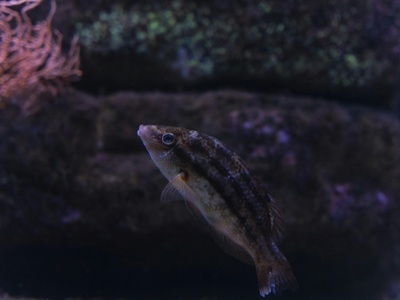
Silver-cheeked Toadfish
This pufferfish is highly toxic and dangerous if eaten. It damages fishing nets to steal catches, causing huge economic losses for fishermen. Its population has grown rapidly since arriving via the Suez Canal.
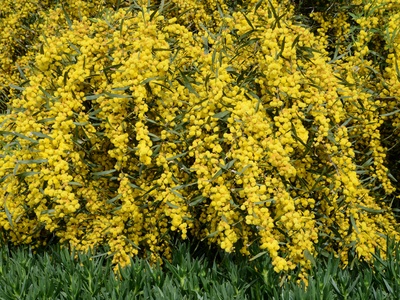
Golden Wreath Wattle
Originally planted to stabilize soil, this fast-growing tree now forms dense thickets that aggressively outcompete and displace native Cypriot plants. It alters soil chemistry and increases fire risk.
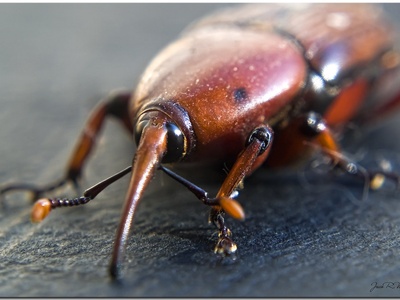
Red Palm Weevil
A large beetle whose larvae bore into palm trees, hollowing them out from the inside and killing them. It has caused devastating losses to both native and ornamental palms across Cyprus since its accidental introduction.
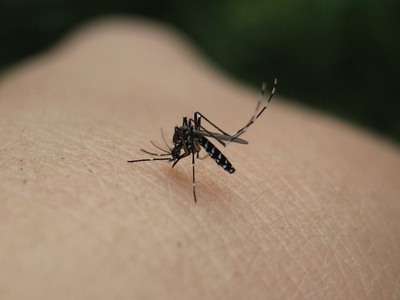
Asian Tiger Mosquito
An aggressive daytime biter whose presence raises public health concerns as it can transmit diseases like dengue and chikungunya. It breeds in small containers of stagnant water, making it hard to control.

Ring-necked Parakeet
These noisy and colourful birds, escaped from the pet trade, compete aggressively with native birds like sparrows and owls for nesting holes. Their populations are growing and expanding into new areas.

Red-eared Slider
A popular pet turtle that is frequently released into the wild. It outcompetes the native Balkan terrapin for food and basking spots and can introduce diseases, threatening the local turtle population.
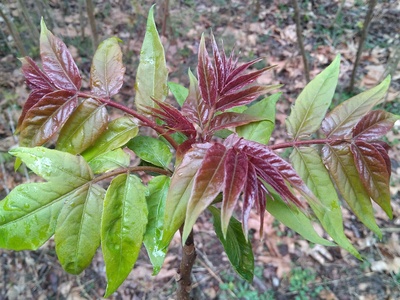
Tree of Heaven
A fast-growing tree that spreads rapidly through seeds and root suckers, forming dense stands. It releases chemicals into the soil that inhibit the growth of nearby native plants, making it a powerful invader.
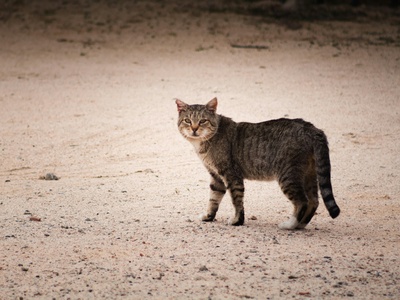
Feral Cat
Domestic cats that live and reproduce in the wild are a major threat to Cyprus’s native wildlife. They are skilled hunters that prey on countless birds, lizards, and small mammals, including endemic species.
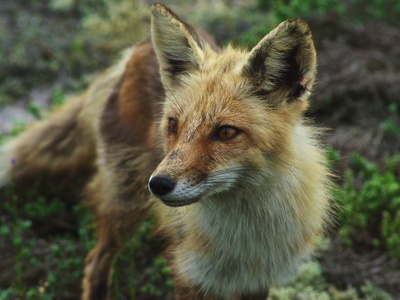
Red Fox
Introduced by humans for hunting, the fox is now a top predator in Cyprus. It preys on native birds, small mammals, and reptiles, and poses a threat to young Mouflon and domestic livestock.
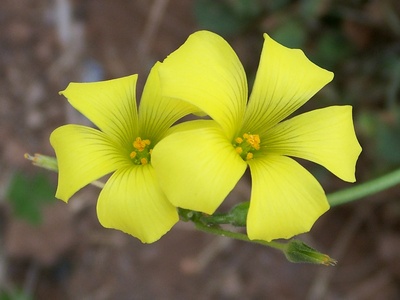
Bermuda Buttercup
This small yellow-flowered plant forms dense carpets in winter and spring, smothering native wildflowers and agricultural crops. It spreads via underground bulbs, making it very difficult to remove once established.

Fountain Grass
Originally an ornamental plant, this grass has escaped gardens and is spreading in the wild. It outcompetes native vegetation and creates a serious fire hazard due to its high flammability, altering natural fire cycles.
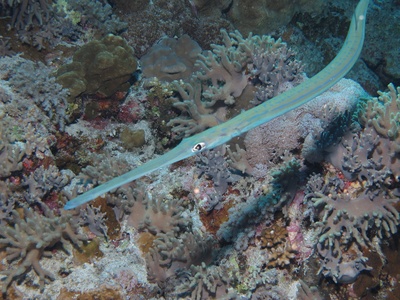
Bluespotted Cornetfish
One of the most successful invaders from the Suez Canal. This large predatory fish has become extremely abundant, significantly altering the marine food web by preying heavily on small native fish.

Dusky Spinefoot
This herbivorous fish, along with its relative S. rivulatus, has overgrazed vast areas of algae and seagrass. Their feeding creates underwater “barrens,” destroying critical habitats for native marine life.
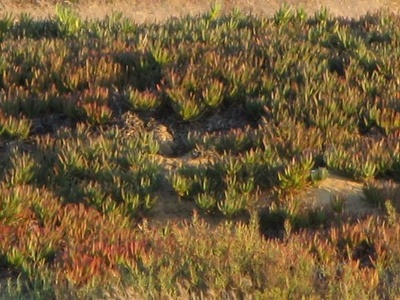
Hottentot Fig
A succulent ground-cover plant that forms dense, impenetrable mats. It smothers native coastal plants, alters soil chemistry, and destabilizes dunes. It spreads easily from garden waste dumped in natural areas.

Lantana
A popular garden shrub that has escaped to become a problematic invader. It forms dense, thorny thickets that crowd out native plants and is toxic to livestock. Its berries are spread by birds.

Eastern Mosquitofish
Introduced globally to control mosquito larvae, this small, aggressive fish has had severe negative impacts. It preys on the eggs and young of native fish and amphibians and outcompetes them for food.
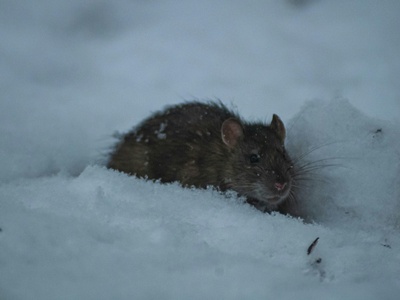
Black Rat
An ancient invader, the black rat remains a major pest. It destroys crops, spreads diseases, and is a significant predator of nesting birds and their eggs, impacting both common and rare native species.
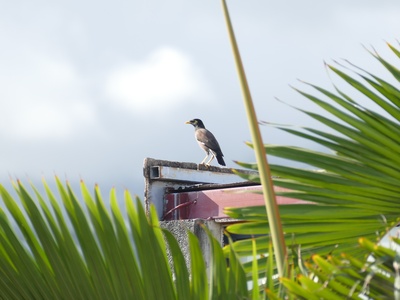
Common Myna
A highly aggressive bird known for displacing native bird species by taking over their nests and competing for food. They are often found in noisy flocks and are considered one of the world’s most invasive species.

Killer Alga
This invasive seaweed spreads rapidly, forming dense mats on the seafloor that smother and replace native habitats like seagrass meadows. It negatively impacts the entire ecosystem and is difficult to eradicate.
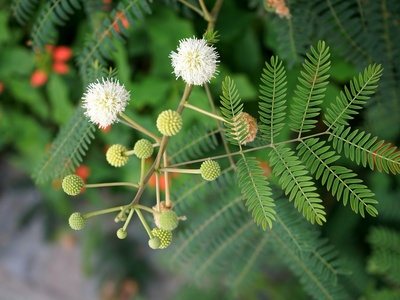
White Leadtree
This fast-growing shrub or small tree was introduced for fodder and reforestation but has become invasive. It creates dense, shady thickets where native plants cannot grow, reducing local biodiversity.
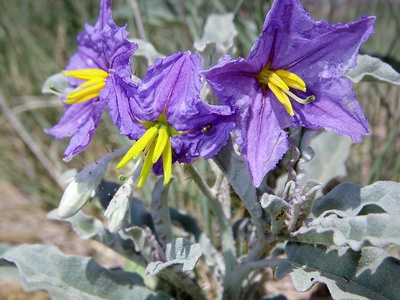
Silverleaf Nightshade
A deep-rooted, drought-resistant perennial that is very difficult to control. It reduces crop yields, and its spiny leaves and toxic berries make it poisonous to livestock that may graze on it.
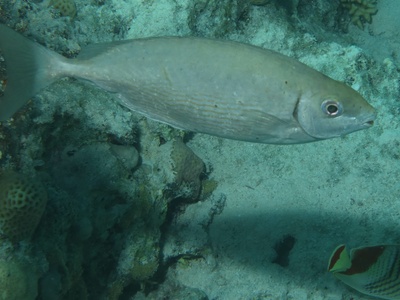
Marbled Spinefoot
A Lessepsian migrant that arrived through the Suez Canal. Like the Dusky Spinefoot, its voracious grazing on algae and marine plants transforms rich, diverse habitats into barren rock, impacting the entire food web.
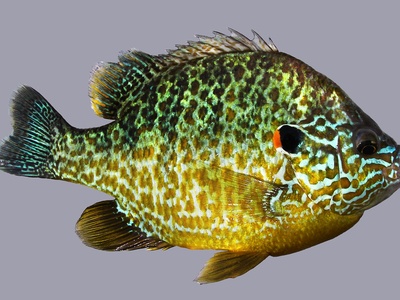
Pumpkinseed Sunfish
Likely introduced by anglers or as an aquarium release, this fish is a predator of aquatic insects, snails, and small fish. It competes directly with native aquatic species for food and habitat.
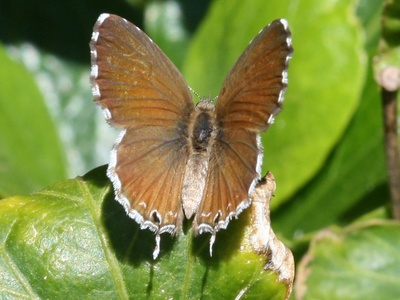
Geranium Bronze
This small butterfly was accidentally introduced with imported Pelargonium plants. Its larvae bore into the stems and buds of geraniums, causing them to wilt and die, making it a significant horticultural pest.

Feral Goat
Descended from domestic goats, these animals cause severe damage to natural habitats through overgrazing. They prevent forest regeneration by eating young trees and threaten rare and endemic plants.
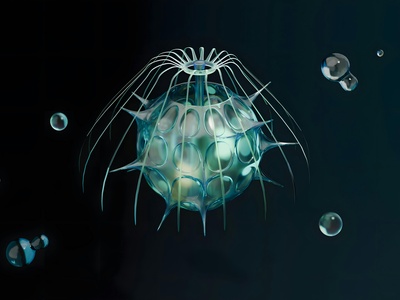
Nomad Jellyfish
This large jellyfish, a Suez Canal immigrant, can form massive swarms that clog fishing nets and power plant water intakes. Its painful sting poses a risk to swimmers, affecting coastal tourism.

Yellowspotted Puffer
Another toxic pufferfish from the Red Sea. While smaller than the silver-cheeked toadfish, it also causes problems for fisheries by damaging nets and is a potential health risk due to its toxicity.
